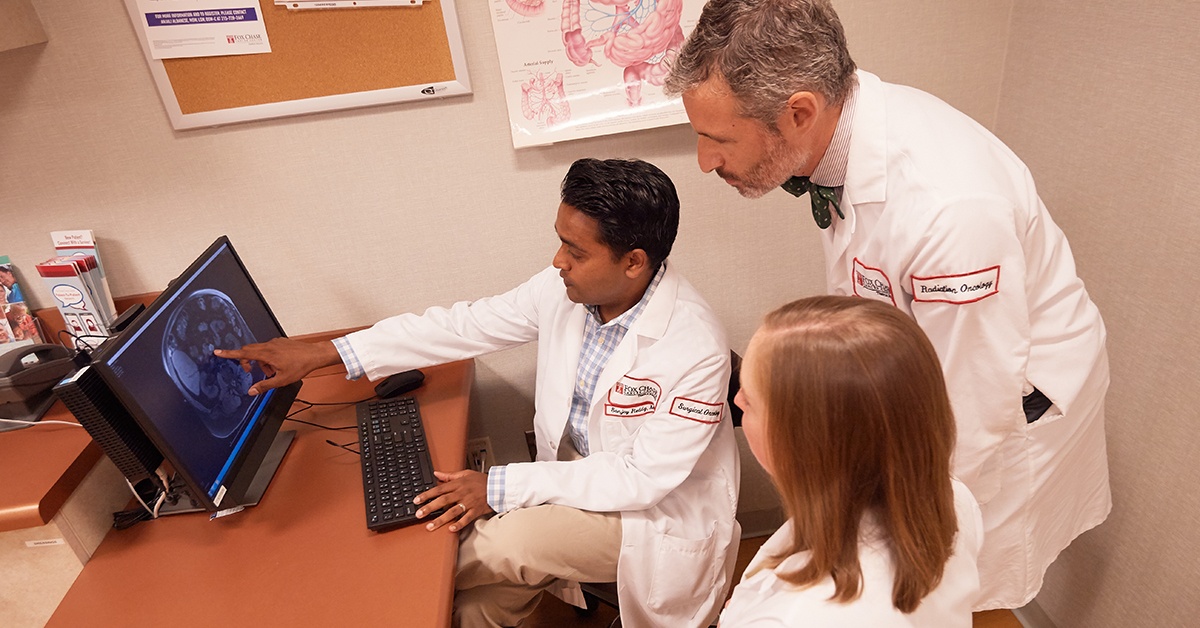
Cysts vs. Tumors: 7 Things You Need to Know
-
Updated: June 13, 2023
Whenever we have a new lump, bump, or an unusual mass, it can be easy to assume the worst—cancer. But oftentimes the diagnosis is a benign cyst or tumor. The following seven points can help you understand some key facts about cysts and tumors, including how they differ, how they develop, and how they are treated.
1. Tumors and cysts aren’t the same thing
A cyst is a sac or capsule that’s filled with tissue, fluid, air, or other material. A tumor is usually a solid mass of tissue.
2. A tumor doesn’t automatically mean cancer
It’s easy to jump to the worst-case scenario, but that’s not the right move. Tumors aren’t necessarily cancer. Just as you can have a benign cyst, tumors can also benign. Benign tumors don’t grow or invade other parts of the body.
3. Tumors develop as a result of abnormal cell growth
Normally, the body grows new cells as needed. When old cells die, new ones form to take their place. But with abnormal cell growth, old cells stick around and new cells are created when they shouldn’t be. When the usual rules of cell growth aren’t followed, these extra cells may form a tumor.
4. Cysts come in hundreds of varieties and have many causes
They range in size from tiny to very large. Some develop because of infections, blockages in ducts, or even damaged hair follicles. And, although less likely, cysts can also develop from cancer.
5. Both tumors and cysts can show up anywhere
They can show up from your face to your feet. Bones, organs, and soft tissue can all play host to these lumps and bumps.
6. You should have any lump or bump checked out
Keep in mind that most cysts and lumps are benign. But it's important to have these cysts or tumors evaluated by a specialist, like those at Fox Chase.
See your doctor sooner, rather than later, if you have a mass that grows quickly, changes color, looks red or swollen, or if it bleeds, is painful, or interferes with your daily activities.
It’s possible that the nature of a mass can be determined with a scan. Ultrasounds and CT scans are often used for this purpose. If the lump is filled with fluid, a needle may be used to aspirate some of the liquid for testing. Sometimes, part of a lump must be biopsied or the entire mass must be surgically removed for diagnosis. A pathologist will examine the cells and determine what type they are and if they are benign, malignant, or even precancerous.
7. Treatment for cysts and tumors depends on several factors
Location, cause, and whether it’s cancerous all help determine next steps.
Most cysts don’t require treatment. They typically don’t cause any symptoms and may go away on their own. But this can depend on where the cyst is located. If a cyst hurts or you don’t like the way it looks, some options are removing it or draining its fluid.
You can usually let a benign tumor be, unless it is pressing on a vital organ and is interrupting its function—then it may need to be removed. Cancerous tumors generally require treatment with surgery, radiation therapy, chemotherapy, or a combination of these and other therapies.
Turn to the experts
At Fox Chase, our highly experienced teams of physicians can help determine whether a lump or mass is a cyst or a tumor—and whether either one requires treatment. When treatment is necessary, they will create a personalized plan just for you. Request an appointment online or call 888-369-2427.
